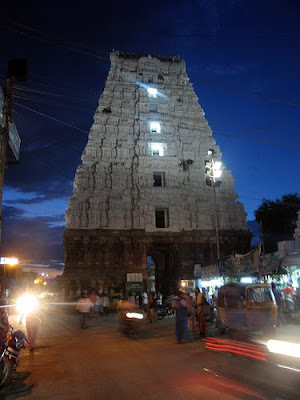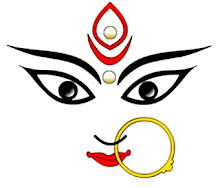

Unravelling the beauty of Ancient Temples, and dedicated to pure Divinity, I hope that my pages would serve as an alternative to quench the thirst (or form a base) for visiting these temples and other historical places in India. Hoping to bring blissfulness to the mind and the soul to all my readers. You as an important critic, I would really appreciate your valuable comments that will improve the quality of my write-ups on Temples and their Sthala puranams. Thank you for visiting my pages.



Lord Shiva, popularly termed as the lord of destruction, but without whom creation cannot occur, is symbolized by the Shiva Lingam. Saivism is the major faith in the Indian system of belief, that worships Shiva as its principal God.
Shiva temples are spread all over India. Most important among them, glorified by the 63 Tamil Nayanmars, particularly the 3 viz, Thirunavukarasar (Appar), Sundarar and Sambandar in their Tevaram hymn, are revered as the Tevara Paadal Petra Sthalams. They are 274 Shiva temples in number and out of which 264 temples are situated in Tamilnadu. The 274 odd shrines that have at least one Pathigam composed in their honor are referred to commonly as Paadal Petra Stalangal, or more generally Shivastalams.
Geography:
Some of these Shiva Temples, glorified and referred as Paadal Petra Shiva Sthalams, are among the greatest in the world and include temples carved in solid rock, huge temples with elaborately sculptured towers, all ornamented with delicate decorative work. Most of these temples are of stone, though a few are of brick. Artists carved the exterior and sometimes the interior with hundreds of figures of Gods, people, animals and plants. Most temples have one or several pillared halls called mandapam. Worshippers pass through the halls to a garbhagraha (sanctum sanctorum) where the idol of the temple's main deity (God or Goddess) is housed.
 Vayu sthalam (Air) - Kalahasti
Vayu sthalam (Air) - Kalahasti
 This ancient temple dedicated to Shiva is one of the Pancha Bhoota Stalams (temples celebrating Shiva as the embodiment of the primary elements), air being the element in case here, the other five temples being Tiruvannamalai (Fire), Chidambaram (Space),Tiruvanaikkaval (Water) and Kanchipuram (Earth) respectively.
This ancient temple dedicated to Shiva is one of the Pancha Bhoota Stalams (temples celebrating Shiva as the embodiment of the primary elements), air being the element in case here, the other five temples being Tiruvannamalai (Fire), Chidambaram (Space),Tiruvanaikkaval (Water) and Kanchipuram (Earth) respectively.

Dear Ms. Ramachandran
The blog http://divyadarisanams.
I am glad to see that the Government has taken some steps for the up-keep of this amazing temple instead of letting many equally great temples such as the one in Thiruvarur and other places become just ruins.
Thanks again and please keep up the good work.
Venu Gopal, Executive Director
Morgan Stanley | Post-Trade Technology
210 Carnegie Center, 4th Floor | Princeton, NJ 08540
Phone: +1 609 936-4075